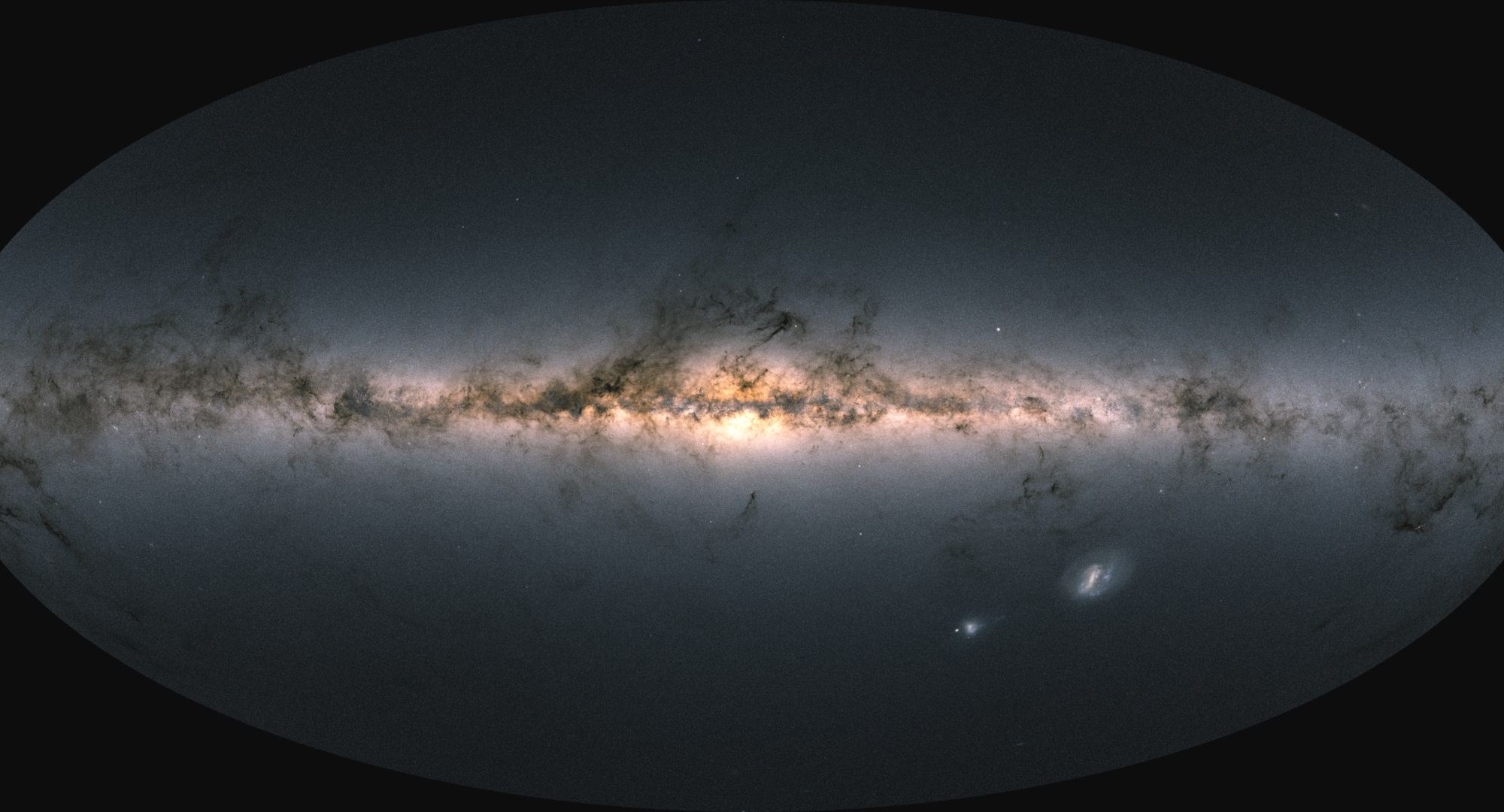Within the Milky Way, there are an estimated 200 to 400 billion stars, all of which orbit around the center of our galaxy in a coordinated cosmic dance. As they orbit, stars in the galactic disk (where our Sun is located) periodically shuffle about and get closer to one another. At times, this can have a drastic effect on the star that experience a close encounter, disrupting their systems and causing planets to be ejected.
Knowing when stars will make a close encounter with our Solar System, and how it might shake-up objects within it, is therefore a concern to astronomers. Using data collected by the Gaia Observatory, two researchers with the Russian Academy of Sciences (RAS) determined that a handful of stars will be making close passes by our Solar System in the future, one of which will stray pretty close!
Continue reading “In 1.3 Million Years, a Star Will Come Within 24 Light-Days of the Sun”

